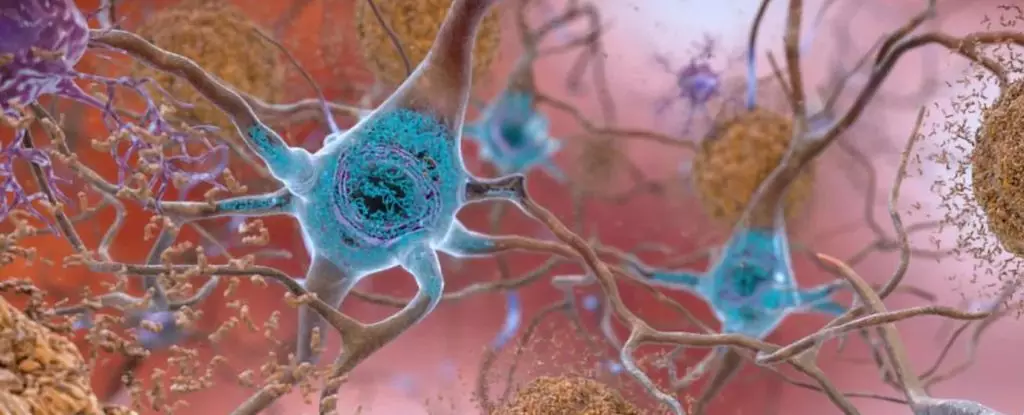Recent scientific advancements have shed light on a fascinating and critical component in the realm of brain health: a lipid molecule known as BMP (Brain Membrane Protein). BMP functions as a cellular “garbage collector,” adeptly maneuvering through a complex array of other lipids, yet it remains a lipid itself. This complexity poses significant questions regarding how BMP can effectively manage lipid homeostasis without succumbing to degradation alongside the other fats it collects. As researchers have embarked on a journey of exploration regarding BMP, cell biologist Shubham Singh and his team at the Sloan Kettering Institute have made significant strides in elucidating BMP’s unique characteristics and their implications for conditions such as dementia and Alzheimer’s disease.
The study conducted by Singh and his colleagues reveals a critical aspect of BMP’s resilience. Their investigations uncovered that BMP’s structural integrity is maintained by a specific pairing of enzymes, PLD3 and PLD4, within lysosomes—organelles responsible for breaking down waste within cells. This pairing is crucial as it enables BMP to adopt a unique left-handed configuration, distinguishing it from the more prevalent right-handed lipids. The relevance of these findings cannot be overstated, as they provide foundational insights into why BMP levels fluctuate in different neurological conditions and how these fluctuations correlate with cognitive decline.
The question: “How do these enzymes ensure BMP’s stability?” is pivotal. By confirming the role of PLD3 and PLD4 in BMP synthesis and maintenance, the research opens avenues for investigating the effects of genetic mutations on enzyme function. In particular, a mutation in PLD3 has been linked to reduced BMP production—potentially intensifying the risks associated with neurodegenerative diseases. Such a revelation signifies that even minute alterations at the molecular level can lead to significant consequences for brain health.
Understanding BMP is especially pressing as the global landscape of dementia diagnoses continues to climb with over 10 million new cases noted each year. The relationship between BMP deficiency and the buildup of toxic lipids, like gangliosides, poses dire implications for patients suffering from conditions such as Alzheimer’s and frontotemporal dementia. Elevated levels of gangliosides have been associated with neuronal death—an unnerving consequence of lipid imbalance that can result in debilitating symptoms such as cognitive confusion, memory loss, and social communication difficulties.
Significantly, the discovery that BMP treatment can rehabilitate cells affected by gangliosidosis offers promising therapeutic avenues for addressing the underlying biochemical pathways contributing to dementia. Therapeutics that could restore or enhance BMP levels could potentially mitigate some of the neurodegenerative processes leading to cognitive decline.
Alzheimer’s disease embodies a multifaceted interplay of biological mechanisms; understanding BMP’s role serves as a potentially pivotal piece in this intricate puzzle. As researchers explore the avenues by which BMP influences lipid accumulation and neuron viability, the complex narrative of Alzheimer’s continues to unfurl.
Additionally, the observation that the biochemical pathways governing lipid metabolism remain largely obscure suggests an urgent need for further investigation. The anomalies associated with lipids in the brains of dementia patients underpin a vital area of study—one that could lead to breakthroughs in treatment options and the potential for early interventions.
The detailed analysis of BMP as both a lipid and a critical player in cellular health emphasizes its importance in the context of cognitive diseases. With researchers like Singh helping to unfold these intricate biological narratives, we inch closer to decoding the many enigmas surrounding dementia and Alzheimer’s disease. As the science of lipid biochemistry matures, so too does the hope for more effective management strategies, ultimately improving the lives of millions affected by these debilitating conditions. Continued research is imperative, not only to unravel the mysteries of BMP but also to further illuminate the complexities of brain health in an aging world.


Leave a Reply